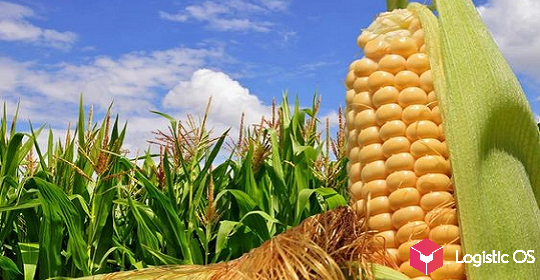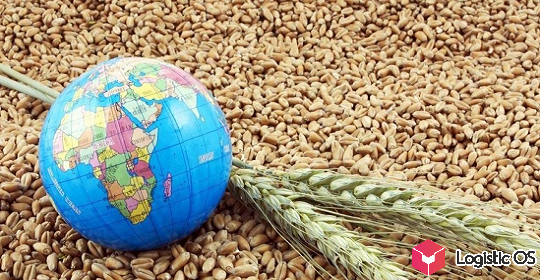At the same time, the dynamics of price changes in the regions is ambiguous:
— In the center drop by 115 rubles per ton
— In the Chernozem region growth by 150 rubles
— In the Southfall immediately by 450 rubles
— In the Volga region a slight increase of 25 rubles
— In the Urals drop by 275 rubles
— In Siberia growth by 150 rubles.
Thus, in different regions of the country, prices for wheat of the 3rd class are now at the level of 9 thousand rubles to 13 thousand.
But globally, despite the multidirectional dynamics in the regions, wheat prices in Russia are falling.
If in April 2022 they were at around 16 thousand rubles per ton, then by December they dropped to 11 thousand.
And this is quite natural, notes ProZerno CEO Vladimir Petrichenko. After all, the offer is very high, since last year Russian farmers received a record grain harvest in history.
But demand is average at best. Spring sowing is already beginning in the country, by which time producers usually have minimal grain stocks.
But this time everything is different: in February, the total stocks of wheat at agricultural enterprises exceeded 17 million tons, which is 1.6 times more than a year ago.
And the total stocks of grains and legumes were 29 million tons, which is 49% more than in February 2022. At the same time, a number of farmers have stocks of up to 70% of the last season’s crop.
That is, they practically cannot sell anything.
The standard logic of yearly price cycles didn’t work this time. For example, in the fall, Tatarstan’s Minister of Agriculture Marat Zyabbarov advised farmers to «calm down and hold on to stocks» because grain usually rises in price by the end of winter.
But this time it was cheap.
What will happen to prices next?
A number of experts have pessimistic forecasts.
Grain needs to be put somewhere, while export does not save the situation. It is prevented not only by sanctions, but also by the export duty established by the government of the Russian Federation.
Now it is about 5 thousand rubles per ton of wheat, which makes deliveries abroad practically unprofitable.
In the end, if prices do not rise, producers will be trapped because exports are impossible, there is no domestic demand, and the cost of production is at high levels and continues to rise.
Among other things, this leads to the fact that a number of enterprises have already faced the problem of lack of working capital. And this can cause significant problems, up to the lack of desire among farmers to carry out a new sowing.

